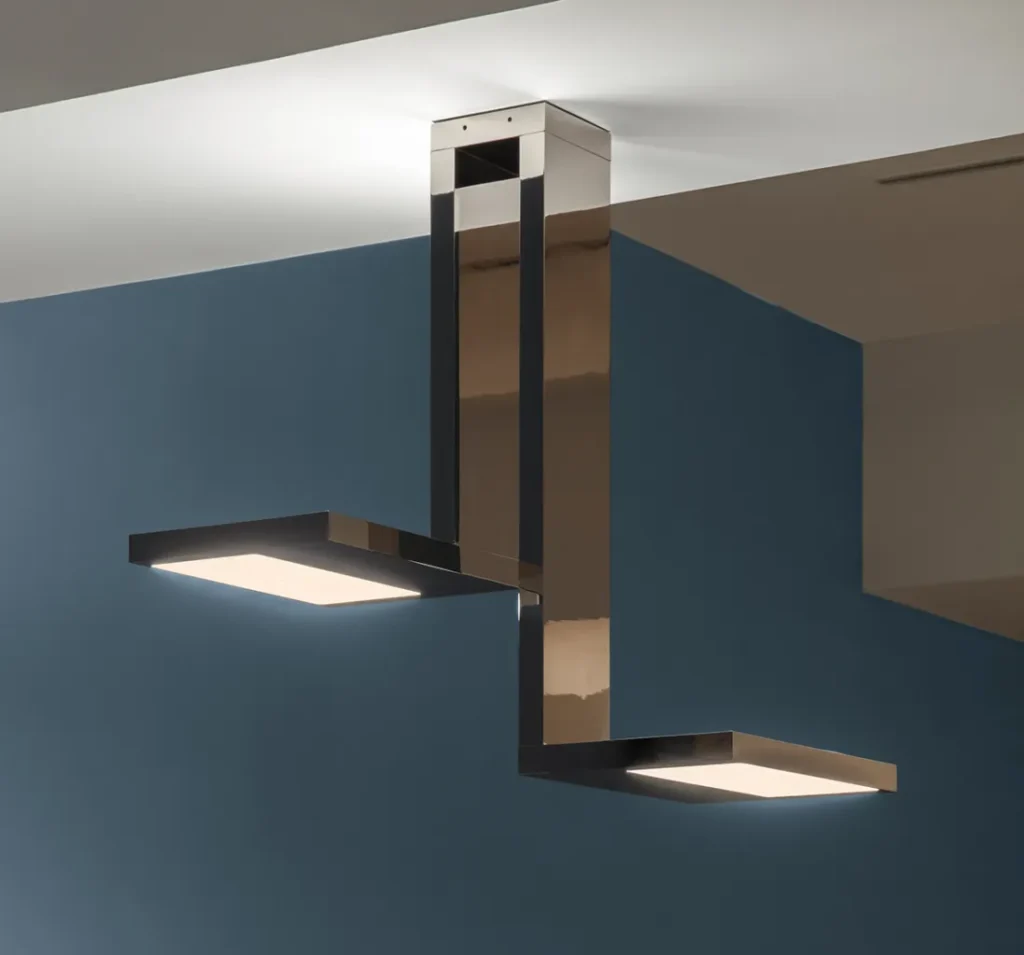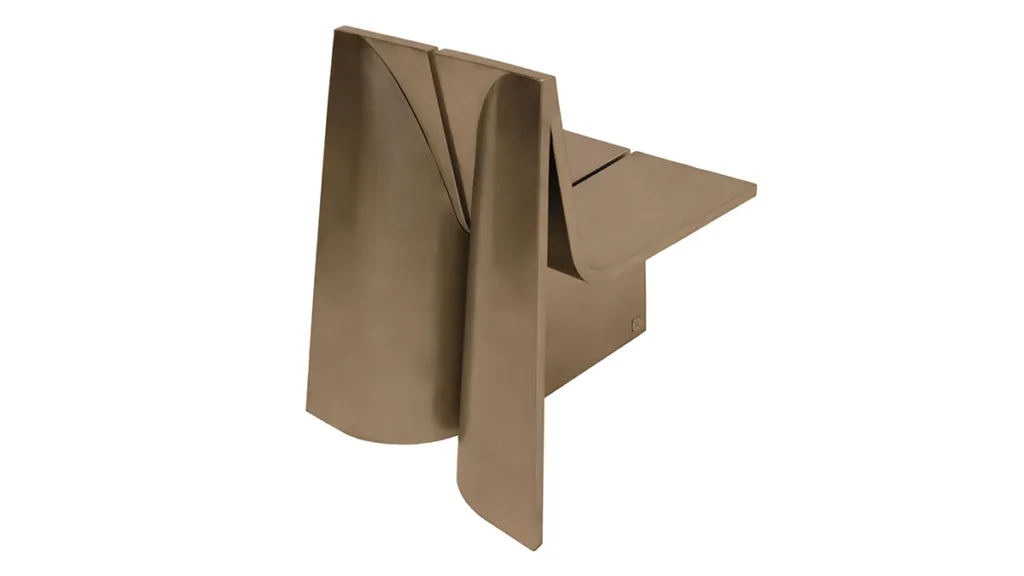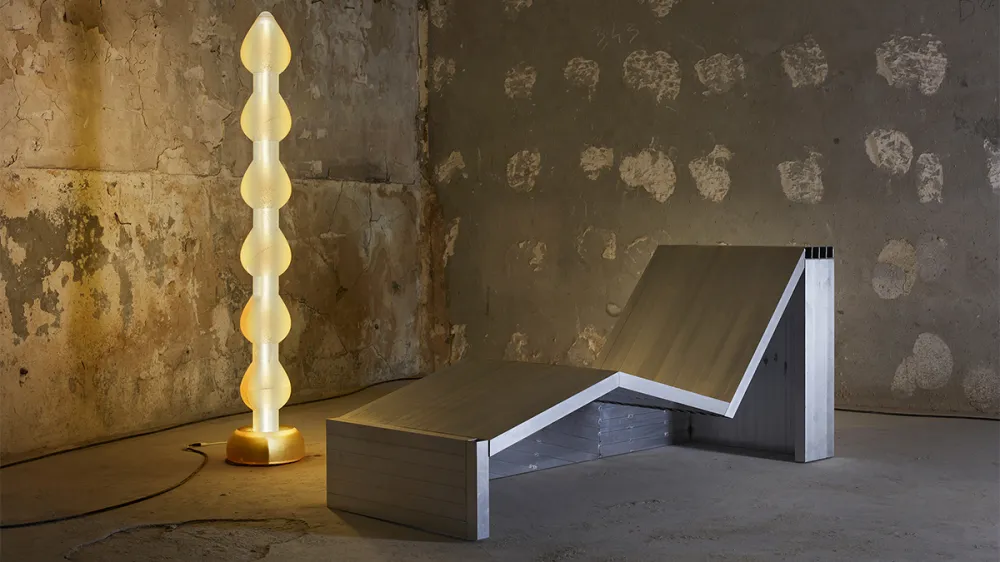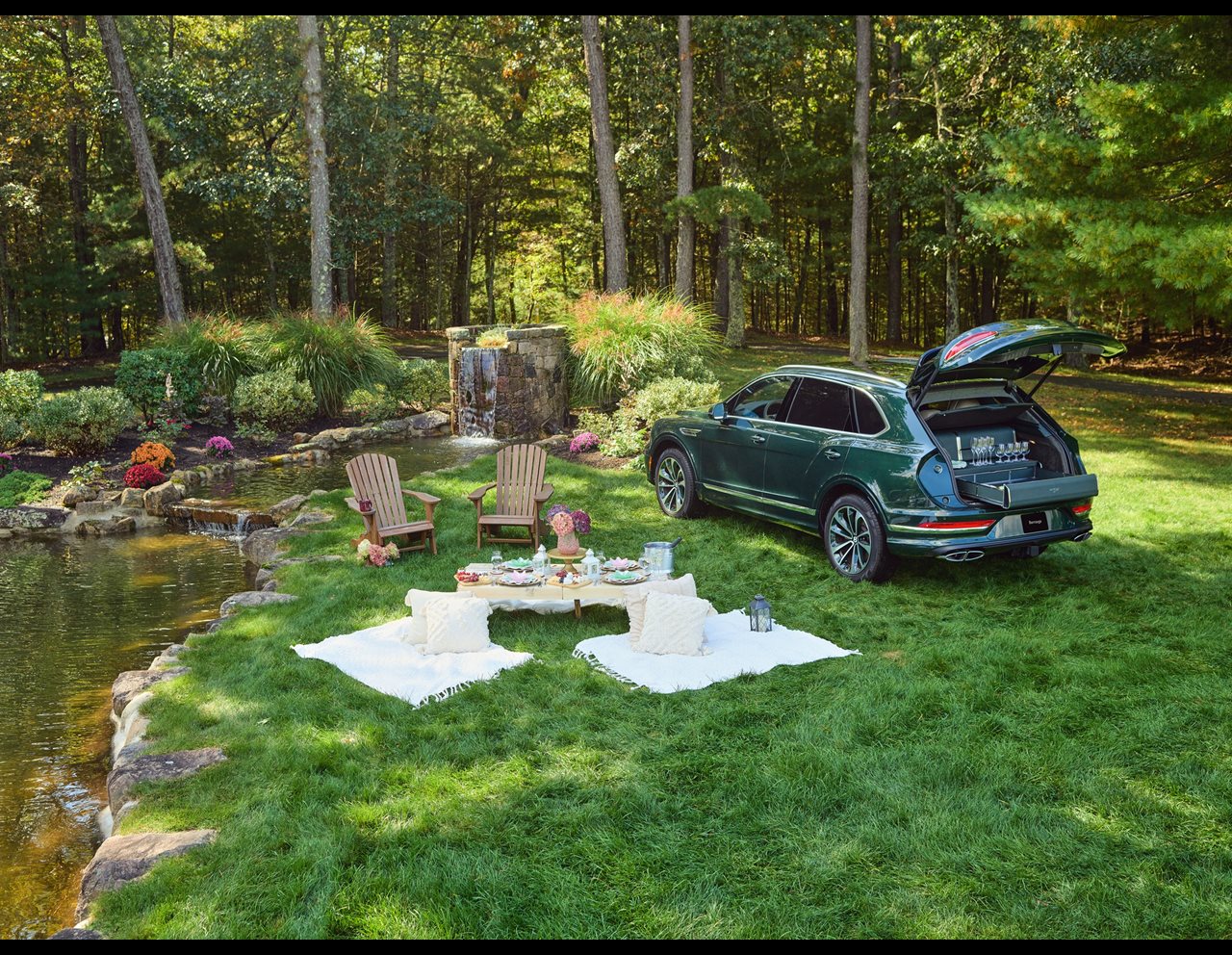Because of its exceptional combination of long-term durability, modern style, and adaptability, metal furniture has recently emerged as a design mainstay in today’s homes. Learn more about metal furniture—its origins, its design possibilities, and how to work it into contemporary spaces—with this comprehensive reference.
From Its Industrial Origins to Contemporary Households: The Changing Face of Metal Furniture
Although metal has a long history of use in the furniture industry, its function in contemporary house design has changed considerably. Although metal was originally developed for use in industrial settings, it has since made its way into residential settings, where it serves a dual purpose and adds aesthetic value. As a result of its understated yet striking appearance, metal furniture has become an essential part of modern interior design.

Metal furniture’s strength and durability are its main advantages: Metal furniture has a reputation for being durable. Metal, in contrast to plastic or wood, does not show wear and tear even after extensive use.
Adaptable Visual Appeal: Metal furniture, in its many forms (from modern stainless steel to antique wrought iron), complements many different styles.
Preserving the Environment: A lot of metal furniture is made from recycled materials, so it’s a green option.
Exploring Metal Furniture Styles and Materials
A wide range of metal furniture styles and materials are available, each with its own set of advantages and disadvantages. Metals such as steel, aluminum, and iron are frequently utilized in furniture design. The aesthetic value and practical benefits of each substance are different.
- Metal Home Furnishment
When it comes to building furniture, steel is among the most long-lasting options. Its modern and industrial-style dwellings will benefit greatly from its smooth, polished appearance. Stainless steel is ideal for usage indoors and out because it does not rust or corrode. - Furniture Made of Aluminum
Aluminum, being a lightweight metal that is resistant to rust, is ideal for use as outdoor furniture. Its pliability makes it possible to create elaborate patterns, giving the material a sophisticated, contemporary look. Furthermore, aluminum furniture is lightweight and easy to relocate, making it a great option for rooms that need to be versatile. - Furniture Made of Wrought Iron
The timeless beauty of wrought iron furniture is well-known. Because of its delicate patterns, it is commonly utilized in outdoor spaces like as gardens and patios. With the right maintenance, wrought iron furniture, despite its heft, can endure for decades.
Using Metal Furniture in a Variety of Settings: Practicality and Flexibility
Metal furniture is becoming increasingly popular due, in part, to its adaptability. Any room in the house, whether it’s the living room, the kitchen, or even the backyard, can benefit from metal furniture due to its versatility.
Living Room: Combining Metallic and Textured Elements
Contrasting metal accent pieces, shelves, and coffee tables with wood or upholstery creates a cozy living space. Industrial hardness and comfortable warmth are both achieved by this combination. Modern spaces might benefit from the understated elegance of neutral-fabric sofas with metal frames.
Sleek Metal Pieces for Your Home
Clean lines and subtle grace are hallmarks of minimalist design. Metal pieces, which can be both strong and streamlined, are ideal for this style of furniture. Thin-lined, neutral-colored furniture like metal-framed beds, tables, and chairs helps create a contemporary, minimalist aesthetic.
Artistic and Sculptural Works
Sculptural metal furniture is the ideal showpiece for individuals who want to draw attention to themselves. The organic shapes, daring curves, and unusual forms seen in these sculptures elevate them to the level of art. Leading the charge in this movement have been designers like Ben Storms, whose work blurs the lines between form and function.
Preserving Metal Furniture: How to Keep It in Good Condition for Years to Come
Metal furniture requires special attention to preserve its luster and extend its life. Even though metal furniture is usually low-maintenance, there are a few things you can do to keep it looking great for years to come.

Typical Housekeeping
Dust and filth can be easily removed with a moist cloth when you clean it regularly. To avoid water stains and keep the shine on aluminum and stainless steel, use a gentle detergent and a dry towel.
Final Thoughts: The Enduring Value of Metal Furniture
Adding metal furniture to your home will not only make it seem better, but it will also last a long time. Metal furniture is incredibly versatile and can complement a wide range of aesthetic styles, from industrial to minimalist to artistic. Metal furniture, when paired with classic designs and high-quality materials, may complement any contemporary space.








